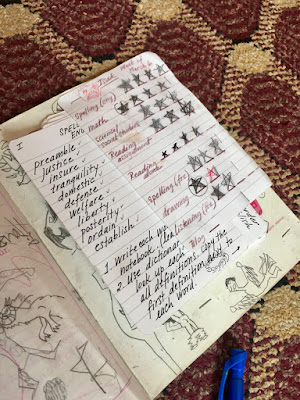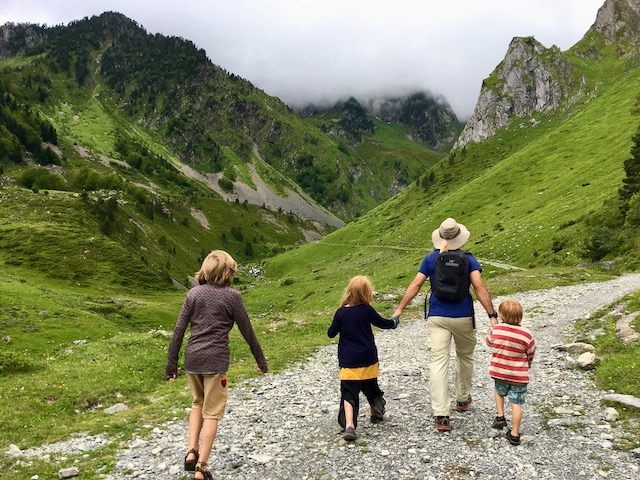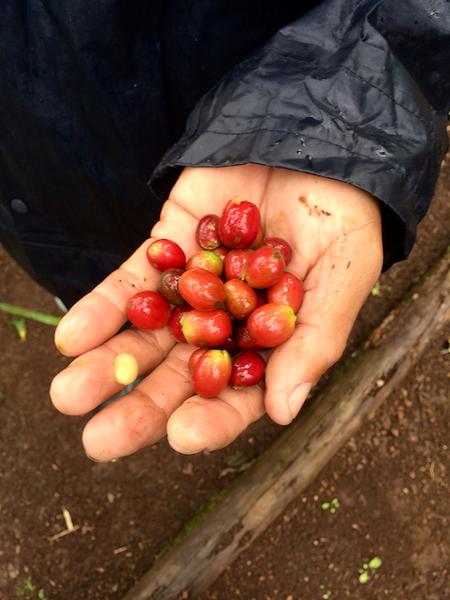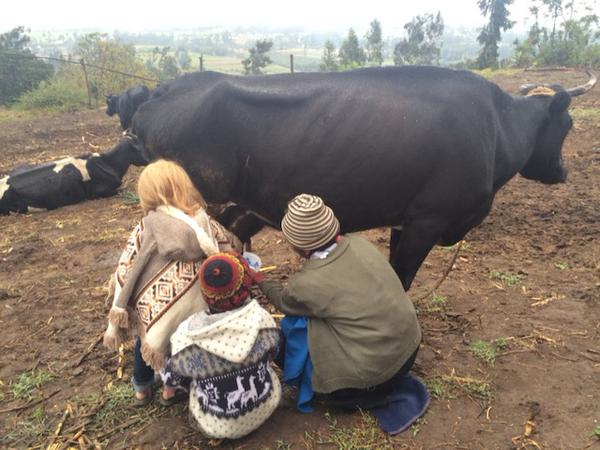Our Favorite Formula for Time Management and Curriculum Development
Over the past seven years, our family has experimented with many formulas for managing our time while worldschooling and also holding down (remote) jobs. Occasionally we have found a sweet spot for the seamless integration of our remote work and the kids’ studies into our family adventures. These time management and curriculum ideas were honed with our three kids in their elementary and early middle school years.
Our favorite approach has been when both parents worked remotely at our separate jobs on weekdays for 20-30 hours each per week. Sometimes (especially when we have had to work full-time) it is necessary to trade off time working and being with the kids with each parent taking a shift. But our preferred strategy is to work simultaneously so that we can all go exploring together as a family for a few hours each day. Of course, with three young kids, this also means planning something productive for them to do while we work. At times, we have enrolled them in local schools or extracurricular activities to provide them with social and skill-building opportunities while we parents work. But when we are moving frequently or there are no local activities to be found, it is crucial to have a strategy for maintaining work-life balance.
Formal education has never been a priority for our worldschooling formula. Still, we always seek to deepen and complement our travel experiences with relevant historical and cultural background and to keep our kids moving forward in their reading, writing and arithmetic skills so that they always had the option to re-integrate into schools if they chose to. After a lot of experimentation, we found that it worked best for all of us to devote mornings to work and study and then late afternoons/evenings to outings—or sometimes vice versa (morning adventures and afternoon work).
We created curricula that entailed independent work for our kids while we parents worked at our computers, followed by related activities out in the world as a family. (Full disclosure: for some of our months on the road, we were able to bring along a traveling au pair. Of course, this made our formula even smoother, since even the best of independent study plans often require a lot of hand-holding for kids of elementary school age and younger, and with three kids asking occasional questions all morning, it is very challenging to get into a productive workflow.) Nevertheless, regardless of whether you are a single parent, parents trading off work hours, short-term sabbatical or vacation travelers, or longer-term nomads, finding a formula that allows everyone to balance real-world experiences with work and education can make all the difference in your experience. I hope that these examples of our worldschooling schedule and curriculum will help you shape your own approach and develop exciting curriculum ideas to match your family’s goals and locations.

A weekly curriculum checklist and spelling assignment
Learning format
While we were traveling full time (and I was working remotely about 20-30 hours per week), I developed an individualized program with a fresh batch of lessons and activities designed to take about 10-15 hours for each child to complete over the course of the week. We used the Montessori approach of letting the kids (ages 4 to 13) manage their work autonomously, choosing which activities to do when and checking them off over the course of each week. Their weekly checklists included multifaceted, often hands-on assignments in history, social studies, literature, spelling, math, science and art, plus blogging about their experiences.
I draw on a wide variety of resources and methodologies to guide my curriculum development: focused internet searches for documentaries and books, our e-library card, references like the book Family Math for inspiration, and the series entitled What Your [X] Grader Needs to Know (on Kindle) to stay abreast of the work my kids would be doing in formal school at their ages. I try to infuse each subject with key themes related to places we are visiting. I look for ways to incorporate auditory, visual and kinetic learning styles along the way. Finally, I have found that adult learning principles largely apply to young people as well. So, I make sure to:
(a) Create relevance: Tie the learning to something they care about. Develop a hook, a mystery, a quest or a reward (sometimes intrinsic, related to a personal interest, and sometimes extrinsic, like a treat related to the task) that motivates them to engage. Luckily, this has a snowball effect, because the more “touchpoints” they have as they go along, the more references they have on which to “stick” new learning. A good worldschooling example is learning about the spice trade, the silk route or colonization by picking up the theme in various countries around the world.
(b) Put new information in their hands: Introduce new information in the right dose (which is a tricky judgment call based on the kids and situation), and try to do it in a way that puts them in the driver’s seat of their own learning. My kids would prefer to explore and discover for themselves, will listen more readily to people who aren’t me when self-guided learning is not feasible, and only when they are keenly interested are they likely to lend an ear to their parents.
(c) Get them to do something with what they learn: Whether the new information is conveyed visually, auditorily, kinetically or a combination of these, strive to have them then apply the new knowledge by taking some kind of action. I find personally that I am much more likely to understand and retain new knowledge or skills if I immediately generate something with them—and the same seems to be true of my kids.
While this kind of curriculum development takes time and imagination, I thoroughly enjoy the process (and in retrospect if not always in the moment, my kids like it too). Once you land on a good theme the possibilities are thrillingly endless, as my examples in accompanying articles hopefully illustrate.





0 Comments Add a Comment?